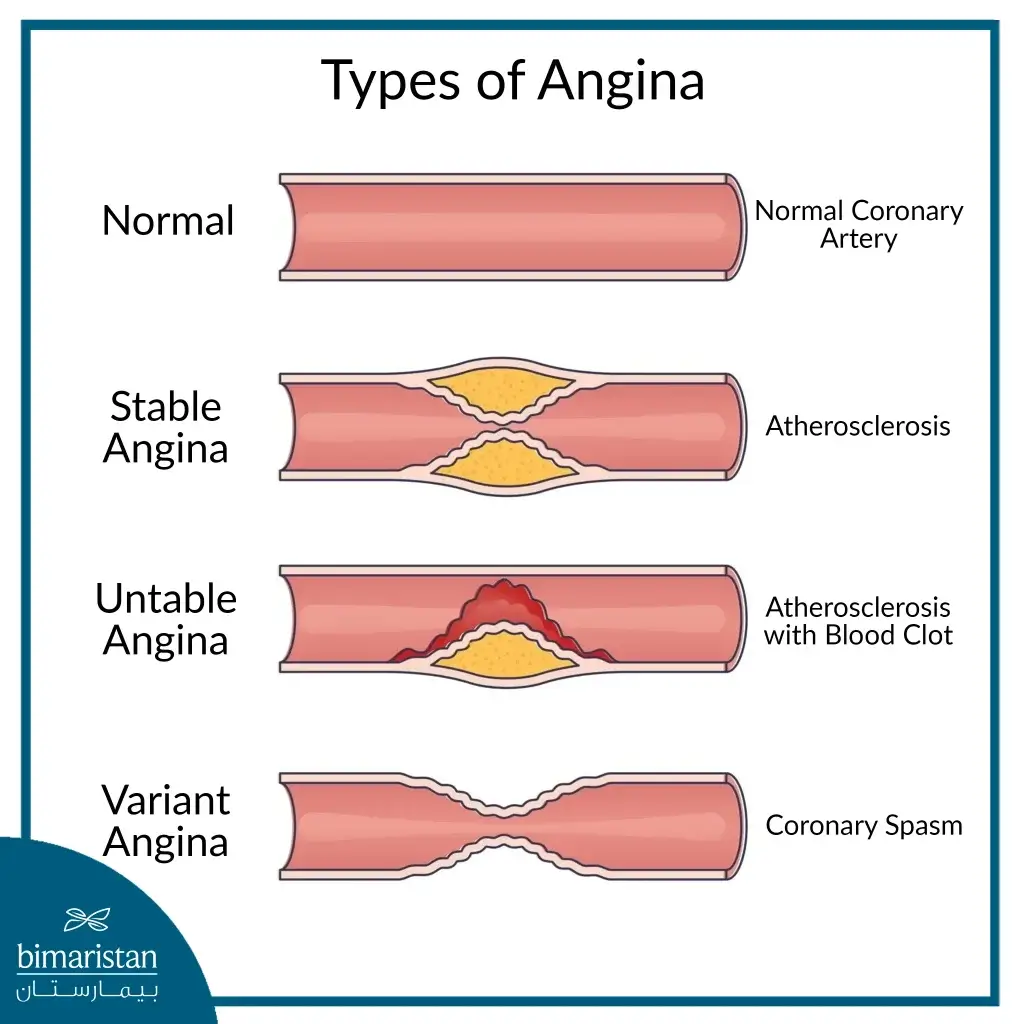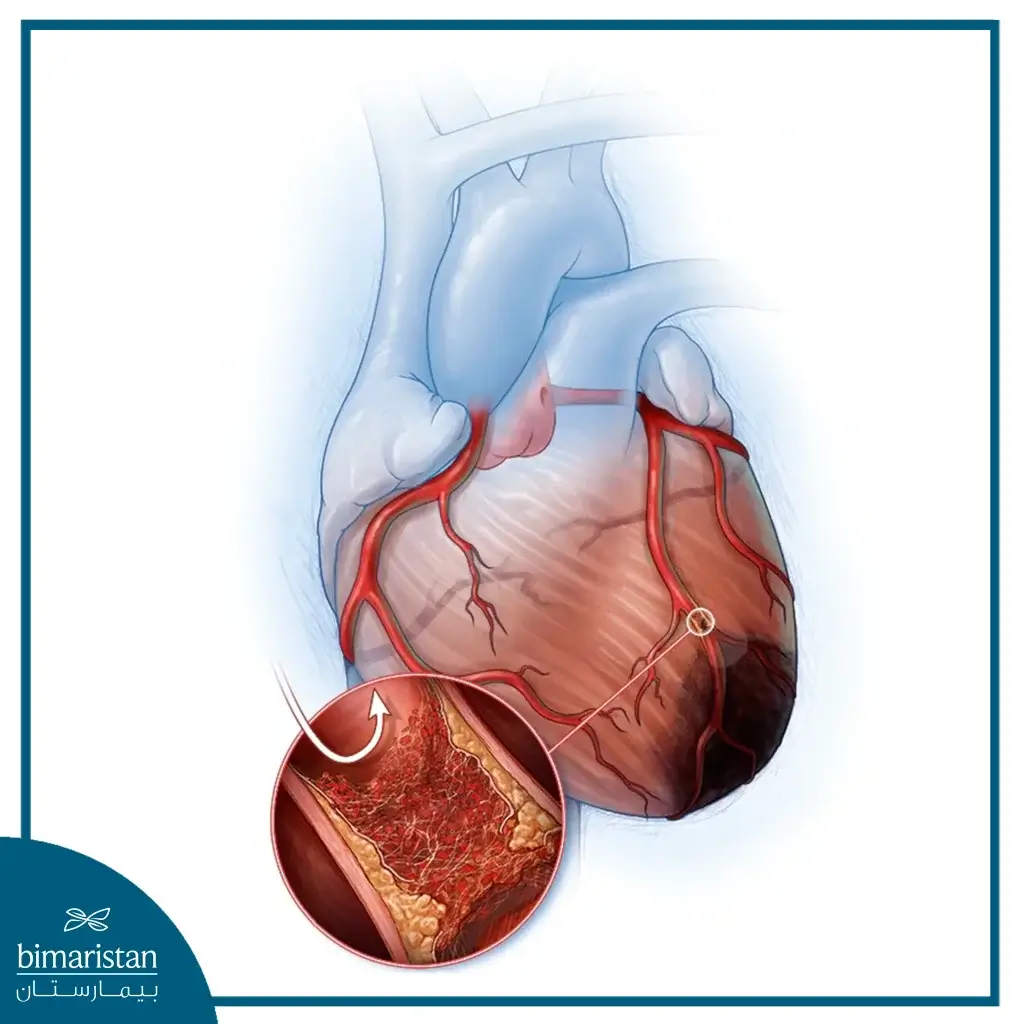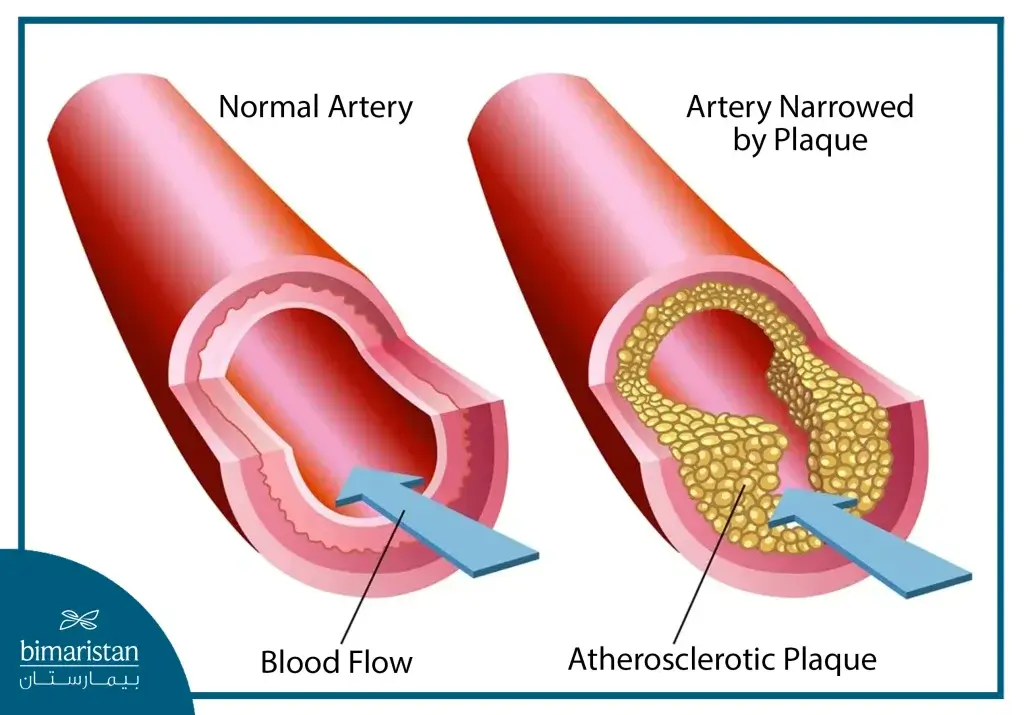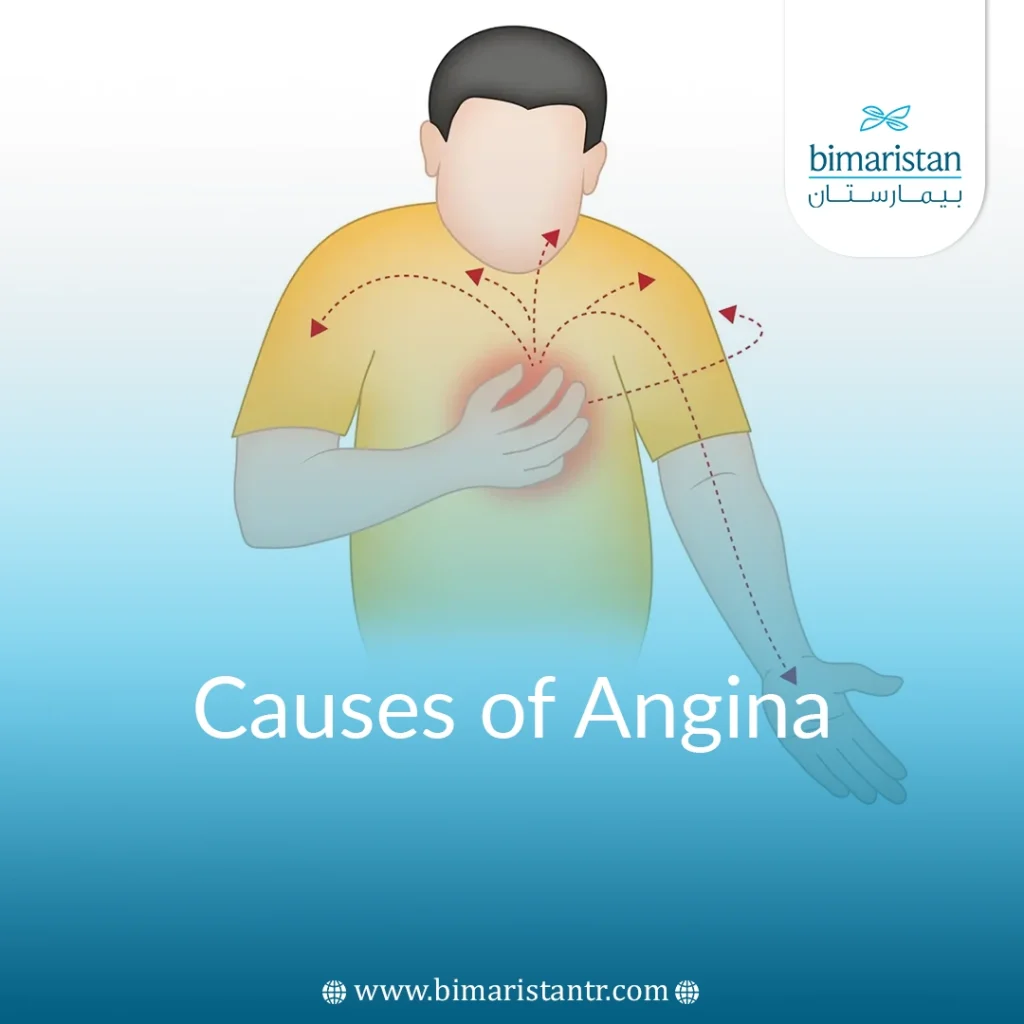The global prevalence of angina pectoris has increased significantly in the last two decades, reaching 28/1000 in men and 25/1000 in women. It is essential to learn more about angina, its causes, and how to deal with it daily. Some people may not be able to distinguish it from other types of chest pain, so it is necessary to know the causes of angina.
What is angina pectoris?
Angina pectoris is chest pain or discomfort caused by a lack of oxygen-rich blood in the heart. The heart beats faster to pump more blood, causing noticeable pain. Angina is not a disease in itself but a symptom of heart disease.
Angina pectoris is described as pressure, heaviness, tightness, or pain in the chest, and the patient describes feeling as if a heavy weight has settled on the chest. It is a symptom of coronary artery disease (CAD), the most common heart disease. CAD occurs when a sticky substance called plaque builds up in the arteries that supply blood to the heart, reducing blood flow to the heart.
Types of Angina
Different types of angina differ from each other in when they occur and their response to medication. An accurate understanding of the types and causes of angina is the first step in determining treatment.
Stable angina
Stable angina is the most common form of angina. It occurs when the heart muscle needs more oxygen but doesn’t get it at that moment due to certain heart diseases. This is usually during physical activity and is also called exertional angina. This type of angina disappears with rest and medication. The most important example of this type of angina is the pain that starts when climbing stairs or during cold weather.
This type of angina usually affects older people with heart disease, as coronary artery disease is one of the leading causes of angina and it should be noted that stable angina is predictable as it is usually similar to previous episodes of chest pain that lasts for a short time (5-15 minutes).
Unstable angina
It is considered a medical emergency as it is unexpected and occurs at rest or during less physical exertion with more pain than stable angina. Unstable angina is severe and lasts longer than stable angina (20 minutes or more). The pain does not go away with rest or with the usual medications, and if the blood flow does not improve, the heart will not get enough oxygen, and a severe heart attack will occur, so unstable angina is severe and needs emergency treatment.
Variable angina
It is also called Prinzmetal’s angina. This type of angina is not caused by coronary artery disease but by a spasm in the heart’s arteries, where the spasm temporarily reduces blood flow. Severe chest pain is the main symptom of variant angina, often occurring in episodes at rest and during the night, and can be relieved with standard angina medications.
Resistant angina
Bouts of refractory chest pain despite a combination of medications and lifestyle changes.

The difference between stable and unstable angina
The causes and symptoms of stable angina are different from those of unstable angina:
- It lasts the same amount of time each time it occurs
- It has the same reason every time
- Speak regularly
- It’s always about effort
While the is unstable:
- It doesn’t have the same duration or reason every time
- Unpredictable
- Can occur at rest
Stable angina can turn into unstable angina when the chest pain changes as follows:
- Occurs at rest
- It lasts for at least 15 minutes
- It doesn’t go away after taking nitroglycerin
Difference between angina and heart attack
Both angina and heart attack are caused by coronary artery disease. Still, angina does not cause irreversible damage to the heart muscle. In contrast, a heart attack causes irreversible damage to the heart because angina refers to a temporary decrease in blood flow to the heart. In contrast, a heart attack causes a more prolonged reduction in blood flow, which causes the death and infarction of heart cells.
Another significant difference is how the pain is controlled. Rest or medication (nitroglycerin) causes stable angina to disappear within a few minutes, whereas these methods do not work in the case of a heart attack.
Stable angina does not require emergency care unless the pain suddenly worsens or does not go away with rest or medication. At the same time, a heart attack is a life-threatening emergency that needs immediate medical attention, and there is nothing you can do at home to control it.

What causes angina?
Reduced blood flow to the heart is one of the leading causes of angina, and several issues in the coronary arteries can prevent the heart from receiving enough blood, such as:
- Coronary artery disease (CAD) is the most common cause of angina. It occurs when plaque builds up in the coronary arteries that supply blood to the heart. This causes the arteries to narrow or harden, reducing blood flow to the heart.
- Coronary microvascular disease: This condition is more common in women and involves damage to the walls of small blood vessels that branch off from the coronary arteries. Because these blood vessels cannot be imaged or diagnosed in typical tests for coronary artery disease, they require special tests not available in small medical centers.
- Coronary artery spasm: Coronary arteries repeatedly constrict and then open, causing a temporary reduction in blood flow to the heart. You can have coronary artery spasms without having coronary artery disease and may not be diagnosed through routine tests for coronary artery disease.

Risk factors for angina pectoris
There are many risk factors for angina. Some factors directly increase the risk of heart conditions that are significant causes of angina, such as coronary artery disease, while others limit the amount of oxygen-rich blood that can reach the heart. Other factors limit the amount of oxygen-rich blood that can reach the heart.
- Aging
- Anemia and diabetes
- Chronic stress
- A diet high in saturated fat, trans fat, sugar, sodium, or carbohydrates
- Alcoholism and smoking
- Exposure to polluted air (such as dust at construction sites)
- Family history of early heart disease
- Heart failure and valvular heart disease
- High blood pressure
- High cholesterol
- Hypertrophic cardiomyopathy
- Infections and infections
- Obesity and lack of physical activity
What are the symptoms of angina?
Angina pectoris is a symptom of heart disease, but it can be described, and some accompanying symptoms can be mentioned. Angina pain is characterized by
- An uncomfortable feeling in the chest
- Burning, fullness, or pressure in the chest
- It may be associated with pain in the left arm, neck, shoulder, ja,w and back
Other symptoms associated with angina include:
- dizziness and fatigue
- nausea and sweating
- shortness of breath
The severity and duration of pain can vary depending on the type and causes of angina. New or different symptoms indicate unstable angina.
Any new or worsening symptoms of angina should be checked immediately by a medical professional. Bimarestan’s team can help you diagnose your condition and reach the proper treatment as soon as possible.
Symptoms of angina in women
Symptoms of angina in women can differ from those of classic angina. These differences may lead to delays in seeking treatment and permanent heart damage. Chest pain may not be the only symptom or the most common symptom in women. Other symptoms of angina in women may include:
- Pain in the neck, jaw, teeth or back
- nausea
- shortness of breath
- Sharp rather than pressing pain in the chest
- Stomach pain and heartburn
Learn about: Carotid Endarterectomy
Tips to prevent angina and keep your heart healthy
You can minimize the causes of angina by following a heart-healthy lifestyle. Here are some steps to prevent angina:
- Avoid smoking and exposure to secondhand smoke
- Eating a heart-healthy diet, a moderate diet, is a good choice
- Reduce stress, which can be done through meditation, yoga, talking to a counselor or friend, or journaling
- Maintaining a healthy weight
- Managing risk factors for coronary artery disease, such as high blood pressure, high cholesterol, high triglycerides, and diabetes
- Increase physical activity and exercise for at least 150 minutes per week
- Stick to taking medications prescribed by your cardiologist
Angina is a common symptom of heart disease. Many people can manage their angina by knowing their triggers and knowing when to rest or take medication. But sometimes angina can be a sign of a myocardial infarction, and knowing when to call for emergency help can save a patient’s life.
Sources:

